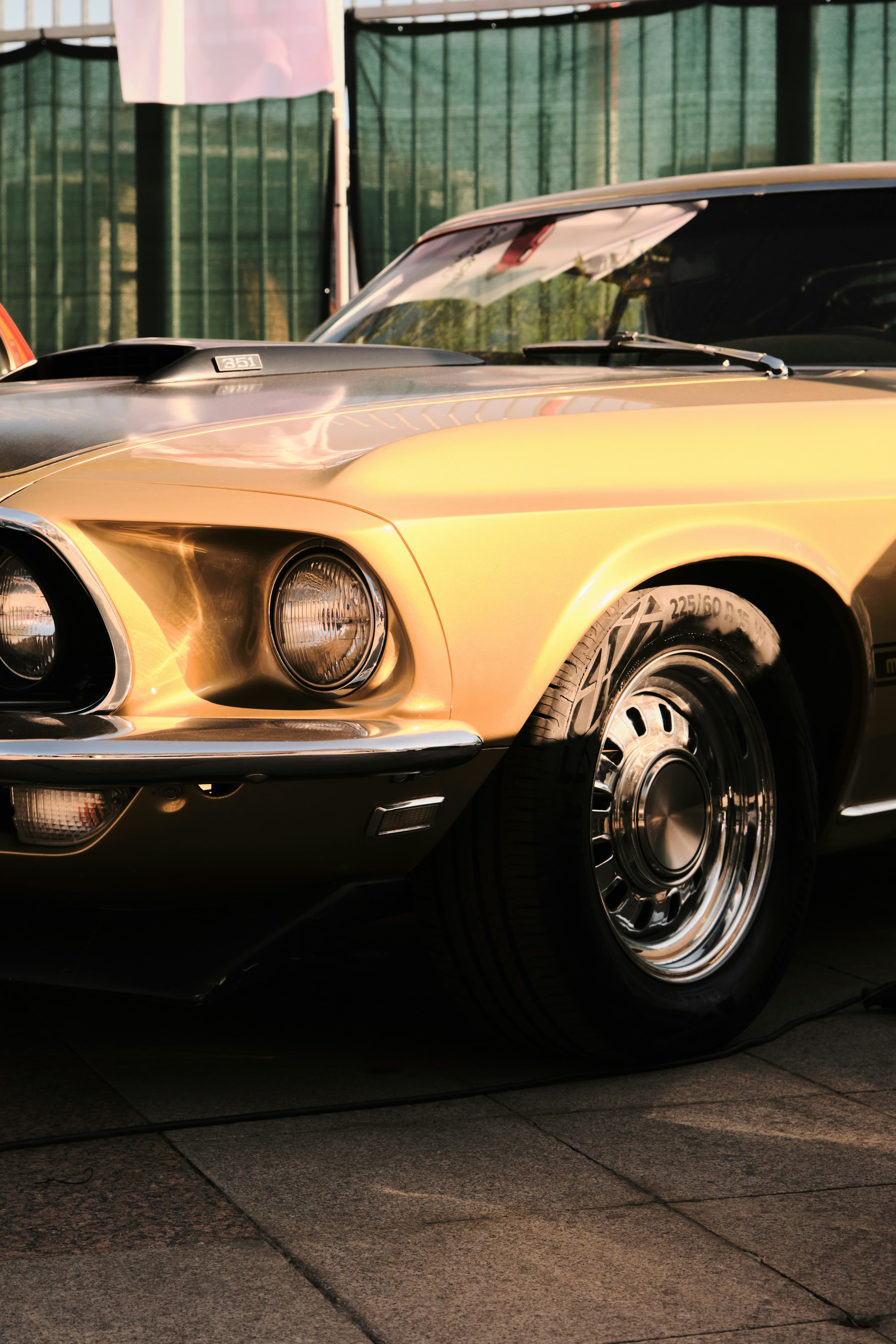Essential Brake Line Maintenance Tips for Classic Cars
Maintaining the brake lines of a classic car is crucial for ensuring both safety and the vehicle's optimal performance. Classic cars require special attention due to their age and the uniqueness of their components. Here are detailed tips and best practices for keeping the brake lines of your vintage vehicle in top condition.
1. Regular Inspection
Regularly inspecting the brake lines is the first step in preventive maintenance. It's essential to check for any signs of wear, corrosion, or damage.
- Visual Inspection: Look for any visible signs of rust or corrosion on the brake lines. Classic cars are particularly susceptible to these issues.
- Leak Test: Check for leaks by applying pressure to the brakes and holding it. If the brake pedal sinks slowly to the floor, there might be a leak in the brake line.
2. Replace Old Fluid
Brake fluid attracts moisture, which can lead to corrosion and brake failure. For classic cars, it's advisable to replace the brake fluid at least once every two years.
- Use the Right Fluid: Ensure you use the correct type of brake fluid as specified in your car’s manual. Common types for classic cars include DOT 3 or DOT 4.
- Bleeding the Lines: When replacing the fluid, bleed the lines to remove old fluid and air. This process ensures fresh fluid is in the system and helps maintain brake efficiency.
3. Upgrade Rubber to Stainless Steel
Rubber brake lines can degrade over time, especially in classic cars. Consider upgrading to stainless steel lines, which are more durable and provide a firmer pedal feel.
- Durability: Stainless steel lines resist corrosion better than rubber.
- Improved Performance: These lines reduce the risk of line expansion due to heat, providing more consistent braking.
4. Protect Against Rust
Rust is a major enemy of classic car brake lines. Protecting them from rust can extend their life significantly.
- Regular Cleaning: Keep the undercarriage clean to avoid salt, dirt, and moisture buildup.
- Use Anti-Rust Spray: Apply a rust inhibitor to the brake lines, especially if you live in a humid or salt-prone area.
5. Professional Checks
Sometimes, the best course of action is to have a professional look at your brake lines, especially if you're not comfortable performing maintenance yourself.
- Annual Check-Up: Have a classic car specialist inspect your brake system annually.
- Expert Replacement: If replacement is necessary, a professional can ensure it’s done correctly, using the right materials and methods.
Conclusion
Maintaining the brake lines of your classic car doesn’t just preserve its integrity; it ensures your safety on the road. Regular inspections, timely replacements, and upgrades, as well as professional advice, are key to keeping your vintage vehicle running smoothly.
For further assistance or detailed guidance, you can chat with Mavyn GPT or connect with a human expert at Mavyn who specializes in classic car maintenance. Our team is here to help you keep your classic car in pristine condition.
Remember, maintaining a classic car is about preserving a piece of automotive history. Take care of it, and it will continue to turn heads for years to come.
